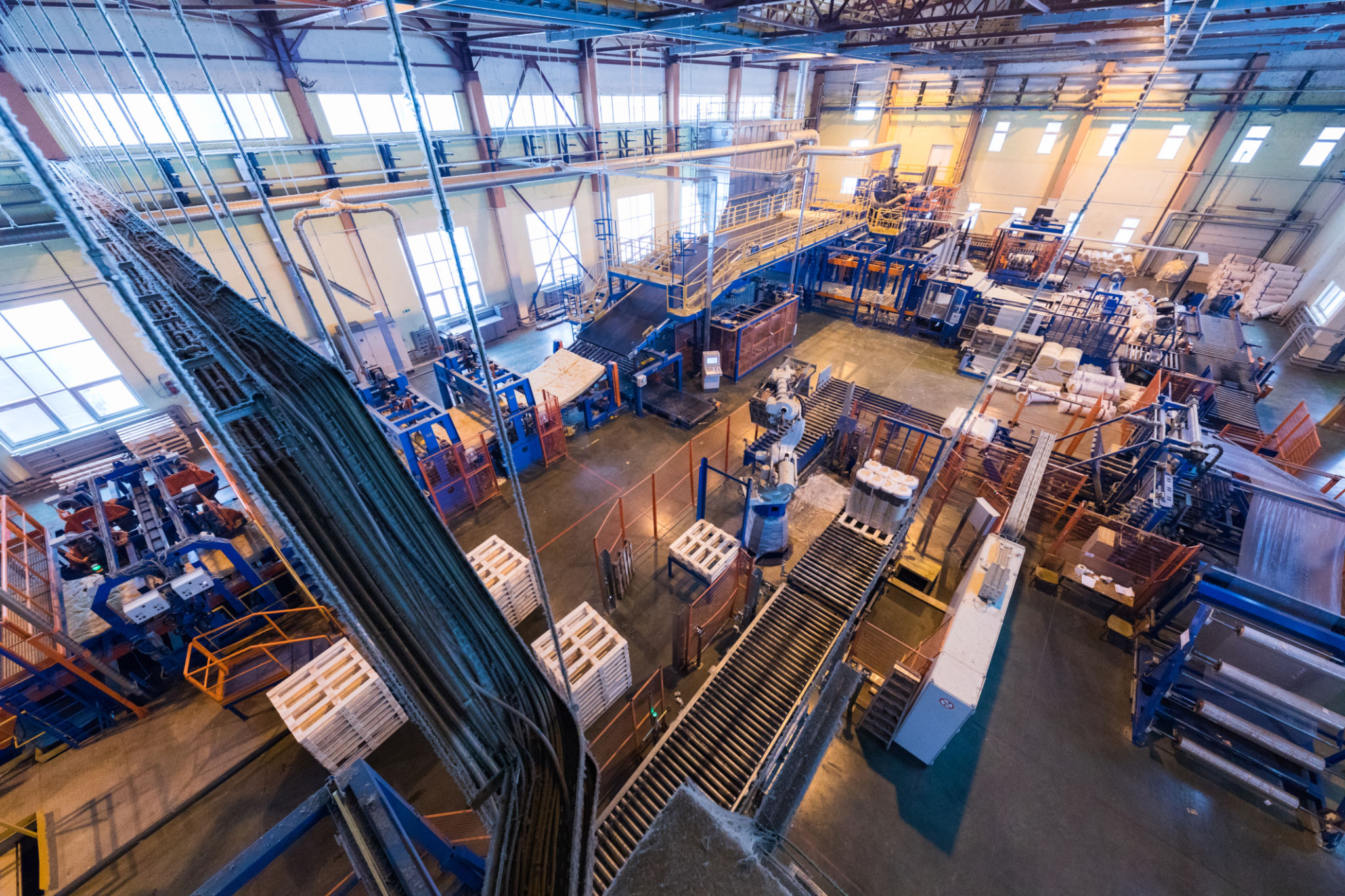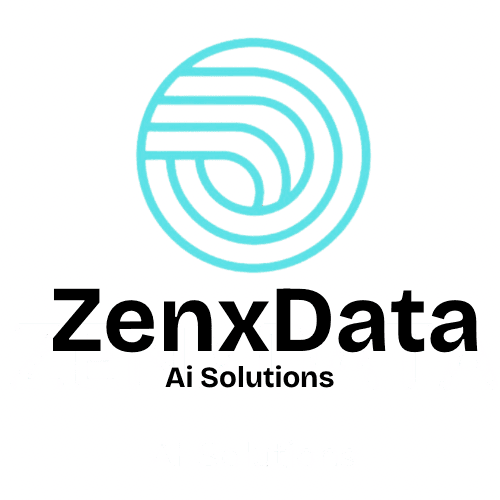The Future of AI Model Benchmarking: Trends and Innovations
Introduction to AI Model Benchmarking
Artificial Intelligence (AI) continues to revolutionize industries, and with its rapid evolution, the importance of AI model benchmarking grows. Benchmarking serves as a vital tool for evaluating the performance of AI models, ensuring that they meet or exceed industry standards. As we look to the future, several exciting trends and innovations are poised to reshape how benchmarking is conducted.

Current State of AI Model Benchmarking
Today, AI model benchmarking involves a series of standardized tests and metrics that determine a model's effectiveness across various tasks. This process is crucial for developers and organizations to understand the strengths and weaknesses of their AI solutions. However, as AI models become more complex, traditional benchmarking methods face limitations in capturing the nuanced performance metrics required.
Challenges in Traditional Benchmarking
One of the main challenges with current benchmarking systems is their inability to adapt quickly to new AI architectures. The static nature of these benchmarks can lead to outdated evaluations that don’t reflect real-world applications. Moreover, there is often a lack of transparency in how benchmarks are set and interpreted, which can lead to inconsistent results.

Emerging Trends in AI Benchmarking
As we move forward, several trends are shaping the future of AI benchmarking. These include dynamic benchmarking frameworks, which allow for continuous updates and improvements, ensuring they stay relevant to the latest AI advancements. Additionally, there is a growing emphasis on domain-specific benchmarks that cater to specialized applications across different industries.
Incorporating Real-World Scenarios
Future benchmarking approaches are increasingly focusing on real-world scenarios to provide more accurate performance insights. This involves creating benchmarks that simulate real-life conditions under which the AI models will operate, offering a more practical evaluation compared to traditional lab-based tests.

Innovations in Benchmarking Tools and Techniques
The integration of cutting-edge technologies such as machine learning and big data analytics into the benchmarking process is another promising innovation. These technologies enable more comprehensive analysis and provide deeper insights into model performance. By leveraging these tools, organizations can gain a competitive edge in deploying efficient and effective AI models.
Automated Benchmarking Solutions
Automated benchmarking solutions are on the rise, offering streamlined processes that reduce manual intervention. These solutions utilize AI algorithms to automate various stages of the benchmarking process, from data collection to analysis, enhancing both speed and accuracy.

The Role of Open-Source Communities
Open-source communities play a crucial role in driving innovation in AI model benchmarking. By collaborating and sharing resources, these communities help develop new benchmarks and improve existing ones. This collaborative approach ensures a diverse range of perspectives and expertise, leading to more robust and reliable benchmarking methods.
Looking Ahead
As AI technology continues to advance, the need for sophisticated benchmarking methods will only increase. By embracing innovative trends and technologies, the field of AI model benchmarking will be better equipped to meet the demands of tomorrow’s complex AI systems. Ultimately, these advancements will contribute to more reliable and effective AI solutions across various sectors.
